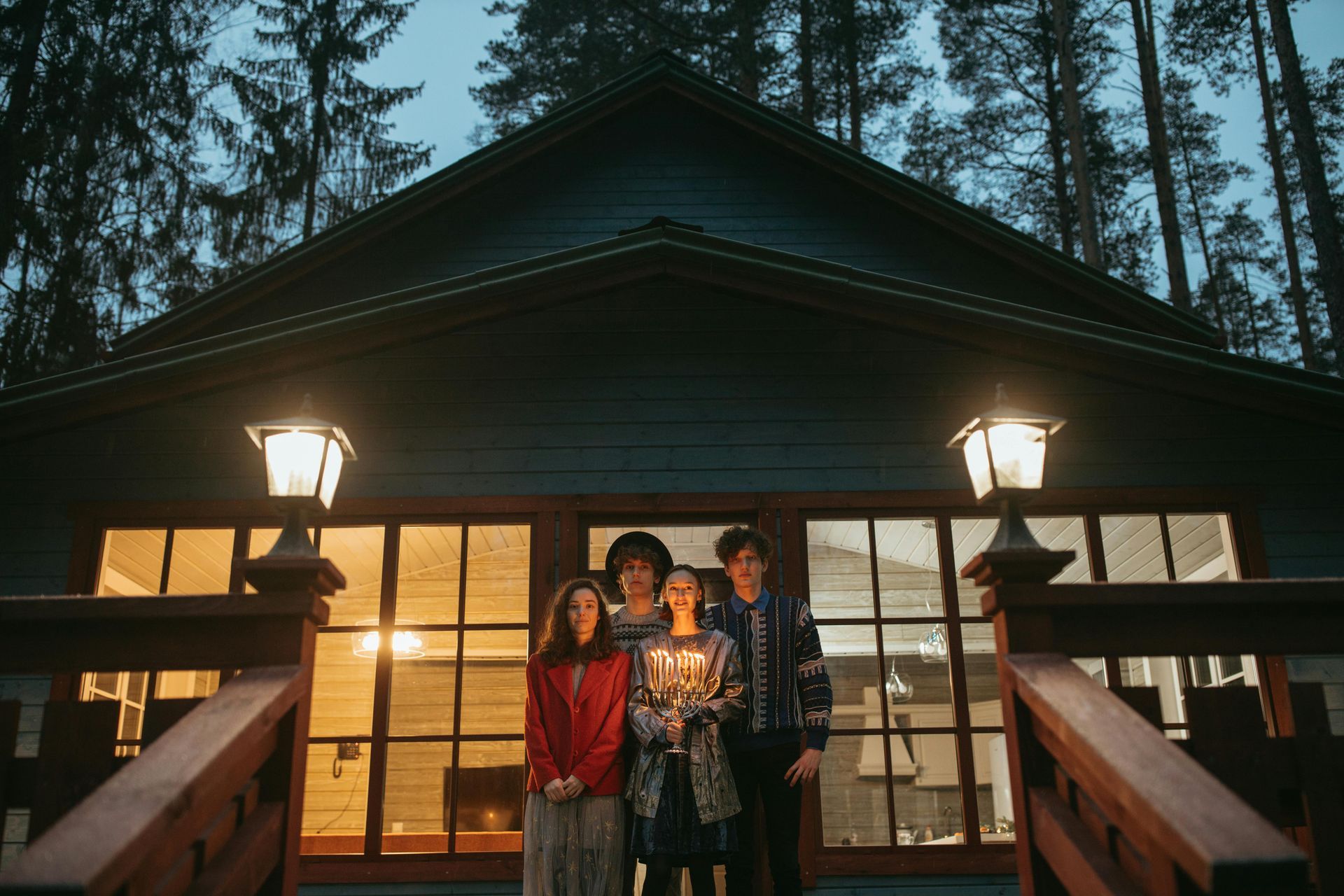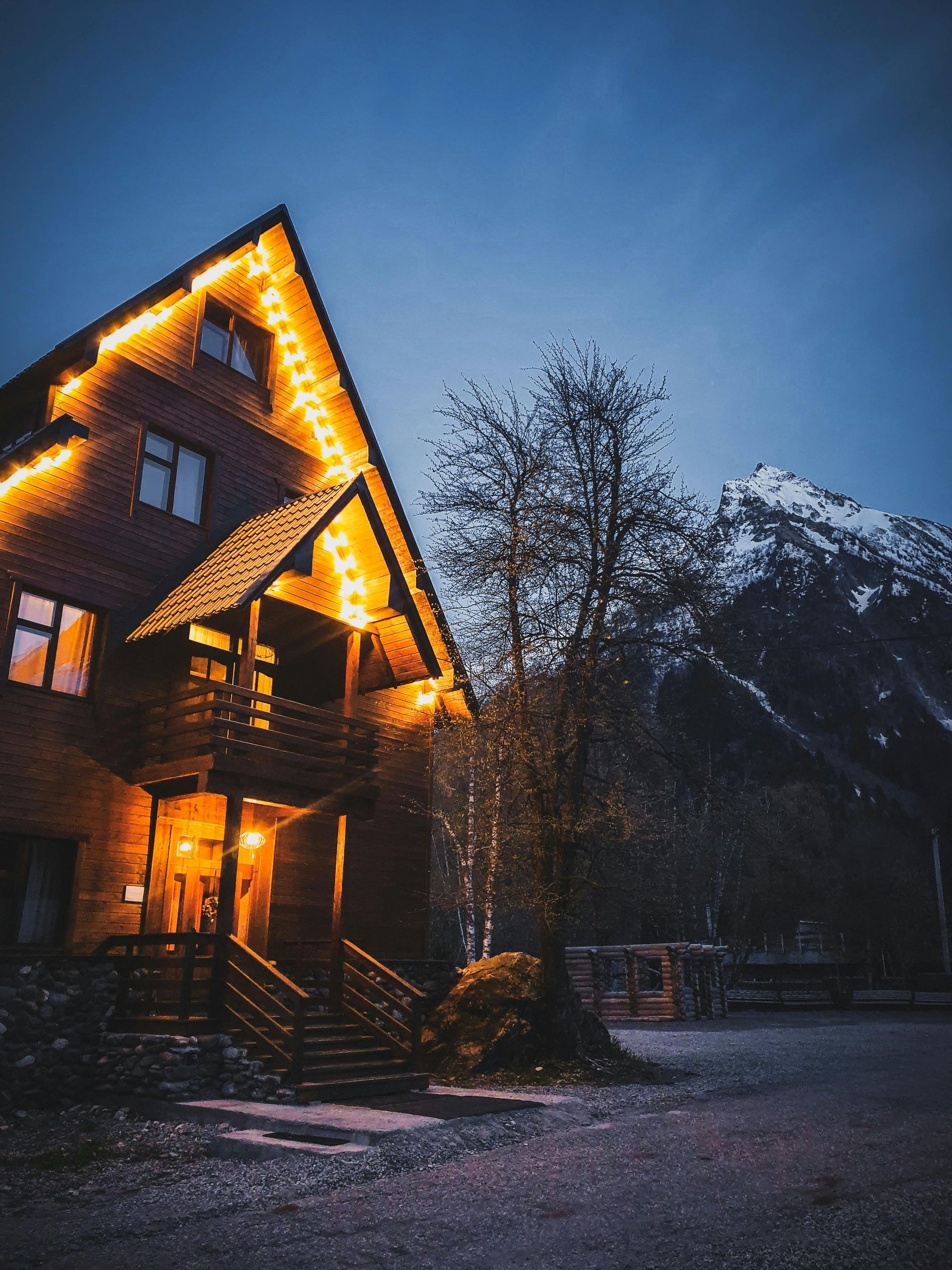Navigating Daily Life During Your Roof Makeover
Navigating Daily Life During Your Roof Makeover: Shingle by Shingle
As a homeowner, the prospect of a roofing project can be daunting. One of the most common questions that arises is whether you can continue living in your home during the renovation. While many sources discuss the basics, this article delves deeper into the realities of residing in a house undergoing a roof replacement.
Can You Live Inside During a Roofing Project?
The short answer is yes, you can typically live in your home during a roof replacement. However, it's not without challenges and considerations that many homeowners may not anticipate.
Unexpected Factors to Consider:
- Noise Levels: While it's obvious that roofing work will be noisy, many homeowners underestimate the impact. According to a study by the National Institute for Occupational Safety and Health (NIOSH), roofing activities can produce noise levels up to 90-100 decibels. This is equivalent to the noise of a lawn mower or motorcycle and can be particularly disruptive if you work from home or have young children.
- Air Quality: Roofing projects can significantly affect indoor air quality. A study published in the Journal of Occupational and Environmental Hygiene found that during roof tear-offs, particulate matter concentrations inside homes can increase by up to 30 times normal levels. This can be particularly concerning for individuals with respiratory issues or allergies.
- Temperature Fluctuations: Your home's insulation will be compromised during the project, leading to potential temperature control issues. The U.S. Department of Energy estimates that up to 25% of a home's heat can be lost through the roof. During a replacement, this percentage could increase significantly, affecting your comfort and energy bills.
- Vibrations and Structural Stress: The constant foot traffic and hammering on your roof can cause vibrations throughout your home. A study in the Journal of Performance of Constructed Facilities noted that these vibrations, while usually not dangerous, can cause items to fall from shelves and potentially damage fragile objects.
- Psychological Impact: Living in a construction zone can be stressful. A survey by the Home Improvement Research Institute found that 65% of homeowners reported increased stress levels during major home renovations, including roofing projects.
Mitigating the Challenges:
While these factors may seem daunting, there are ways to make living through a roof replacement more manageable:
- Plan for Alternative Work/Study Spaces: If noise is a concern, consider arranging to work from a different location during the project.
- Improve Indoor Air Quality: Use air purifiers and keep windows closed during work hours to minimize dust infiltration.
- Prepare for Temperature Changes: Have portable heaters or fans ready to maintain comfort levels.
- Secure Valuables: Move fragile items away from walls and shelves to prevent damage from vibrations.
- Communicate with Your Contractor: A good roofing company will work with you to minimize disruptions. Graduate Contracting, for instance, specializes in helping homeowners navigate the complexities of roofing projects, ensuring that your life can continue as normally as possible during the renovation.
- Consider Temporary Relocation: For particularly sensitive individuals or during the most disruptive phases of the project, a brief stay elsewhere might be beneficial.
Conclusion:
While living in your home during a roofing project is possible, it requires preparation and patience. By understanding the less-discussed aspects of the process and working with experienced professionals like Graduate Contracting, homeowners can navigate this challenging but necessary home improvement with minimal disruption to their daily lives.
Remember, a roof replacement is a significant investment in your home's future. With the right preparation and professional support, you can ensure that the process is as smooth as possible, safeguarding both your property and your peace of mind.


